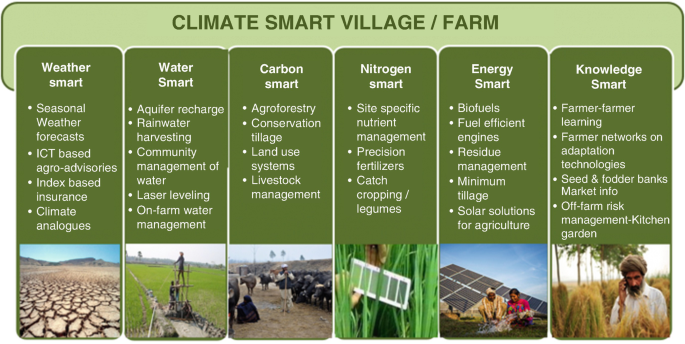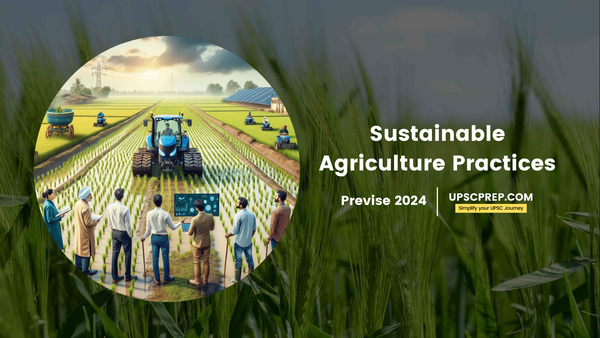Table of contents
Sustainable agriculture practices are essential for ensuring long-term food security, environmental health, and economic viability for farming communities.
These practices focus on efficiently utilizing resources, maintaining soil fertility, reducing pollution, and promoting biodiversity. They aim to balance the need for food production with the preservation of the environment.
This approach helps mitigate climate change impacts and supports the resilience and sustainability of agricultural systems, ensuring that future generations can continue to benefit from the land.
Floating Farming
- It is a method of farming in areas that are waterlogged for a long time to ensure cultivation in areas of prolonged flooding.
- Floating beds of rotting vegetation (it creates agricultural land areas in wetlands) are used as compost.
- The floating gardens are made in a floating vessel by using water hyacinth, mud and bamboo, which is placed on water bodies.
- Dried water hyacinths are intertwined into a mesh, a thick mixture of silt and chopped water hyacinth leaves is kept on it and over it, farmyard manure is spread.
- The impacts of floating farming include high yields, income, better health, low emissions and better quality of biodiversity.
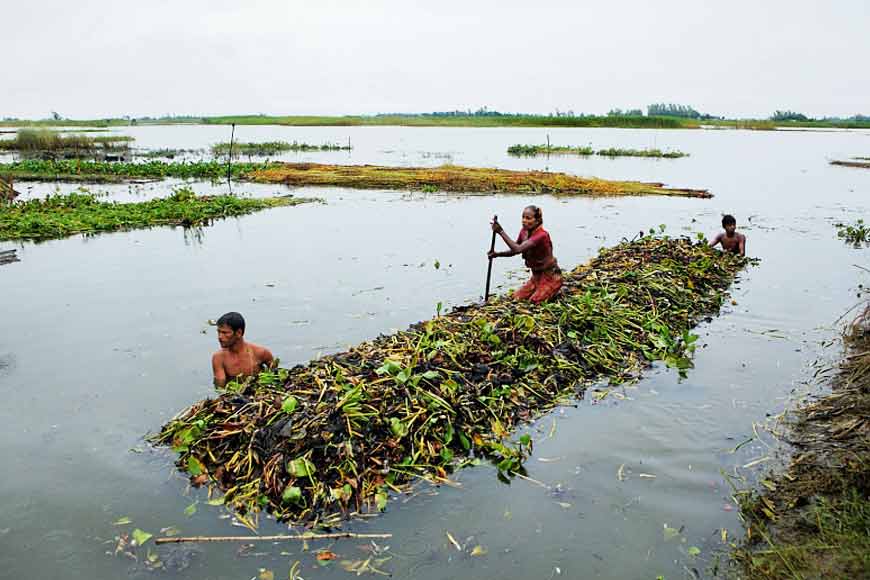

Contour Farming
- Contour farming or bunding is a land management practice for sloping and hilly land because soil productivity is low in these areas.
- Lines of stones and rocks are placed along the natural contour lines of a relief which helps capture and hold rainfall before it can runoff.
- Because the soil becomes heavy and moist, wind erosion is prevented.
- Advantages of contour farming include prevention of soil disintegration, better water appropriation, low energy cost and higher yield.
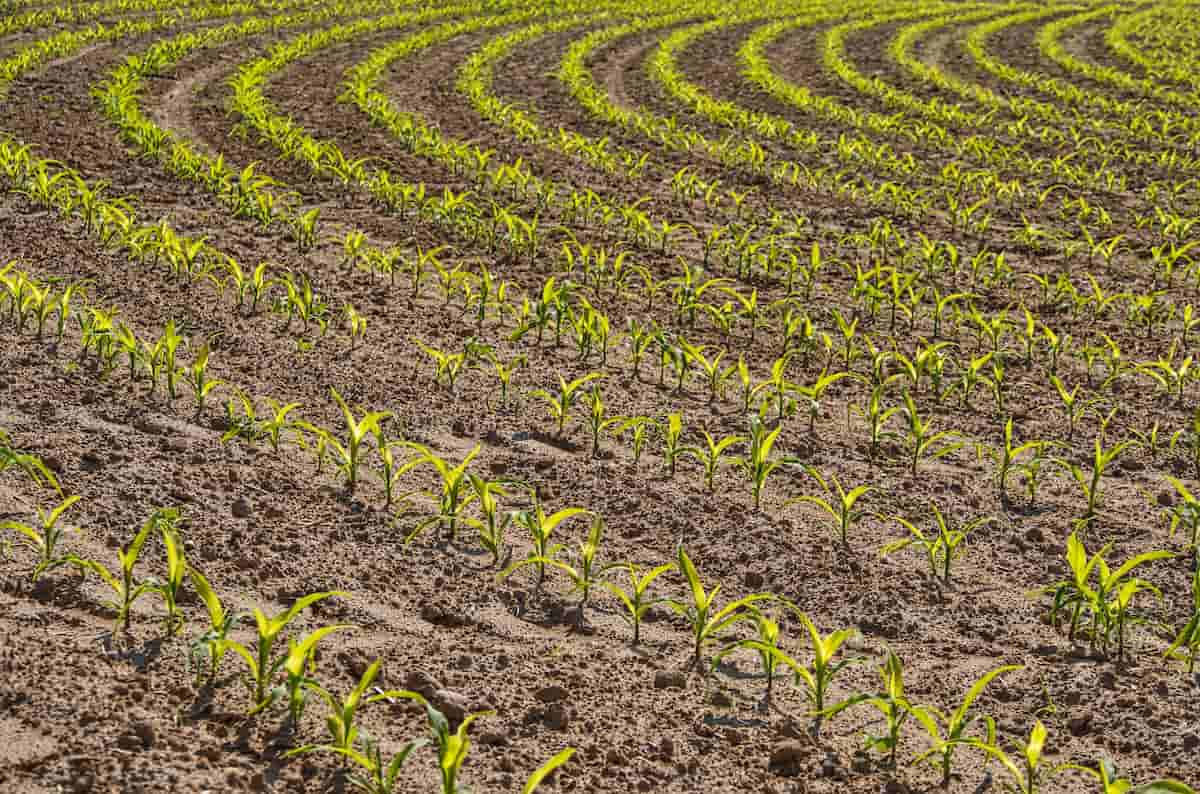
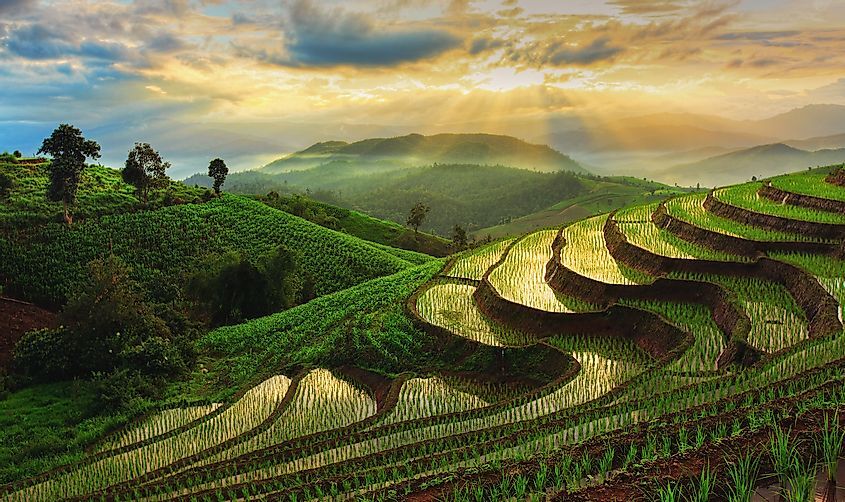
Permaculture
- The word permaculture means a combination of the words ‘permanent agriculture’ or ‘permanent culture’.
- It seeks to create sustainable human habitats based on nature patterns, food production systems, land use and community building.
- It is sustainable because of integration of principles of ecology, landscape, organic gardening and agroforestry.
- The philosophy of permaculture is in line with traditional Indian lifestyle because there is interaction with nature, storing of energy and production of zero waste.

Integrated Pest Management
- Integrated Pest Management is a sustainable pest management approach which combines biological, cultural, physical, and chemical tools in a way that minimizes economic, health, and environmental risks.
- Main components include-
- Cultural control by crop rotation and intercropping which helps prevent pest buildup.
- Mechanical controls like use of traps, barriers etc to manage pests like nets to protect crops from birds.
- Judicious chemical use like applying pesticides as a last option in the form of spot treatment.
- Biological Control by use of natural predators, parasites and pathogens like use of ladybugs to control aphids.
- Monitoring of pest populations and identification for better control like use of pheromones.


Biodynamic Farming
- The idea of biodynamic farming was given by Austrian Rudolf Steiner which prohibits use of chemicals and promotes usage of natural compost thus aligning with organic farming.
- His thoughts were influenced by Buddhism, Hinduism, and the Vedic scriptures.
- He stressed on the importance of living nature and the complex relationships, and how modern science and chemical agriculture was based on the study of dead things in laboratories.
- Steiner was a philosopher and not a scientist and his ideas were focussed on fringe components, use of “cosmic energy” and “land forces” to influence organic life on Earth.
- Some examples include packing cow dung in cow horns, burying it for months, mixing contents with water and adding to the soil. Cow horns are said to receive cosmic energy which is good for better outcomes.
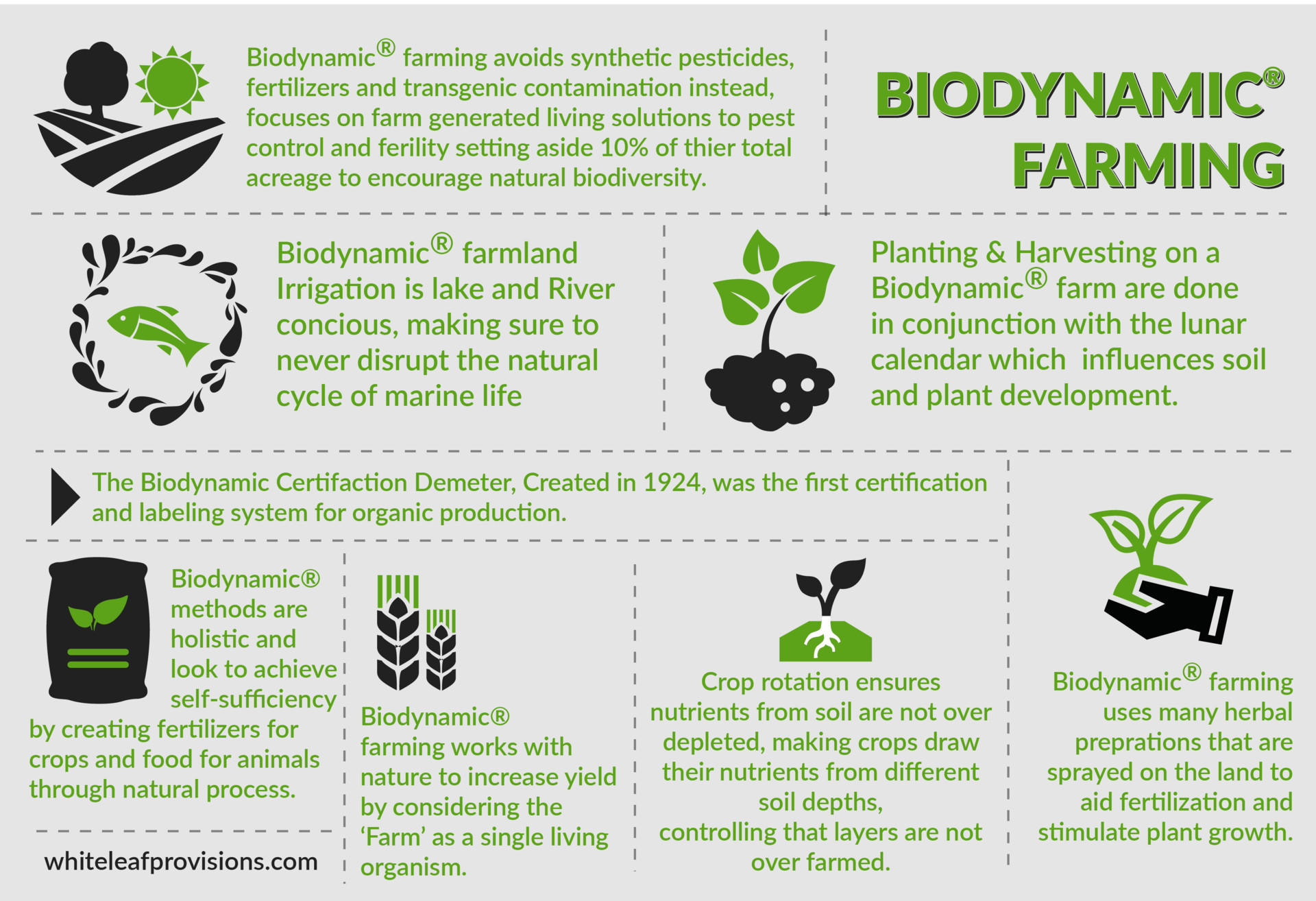

Vermiculture
- Vermiculture involves the artificial rearing of earthworms that decompose food waste into nutrient-rich manure in the form of nutrient-rich worm dung excreted by them.
- It involves the use of vermicompost, which is made up of castings, bedding scraps, and other organic materials.
- Microorganisms in soil quickly break down organic particles to form nutrients, which foster decomposition.
- Earthworms are called farmer's friends because they drill the soil to foster aeration and increase the water-holding capacity of the soil.
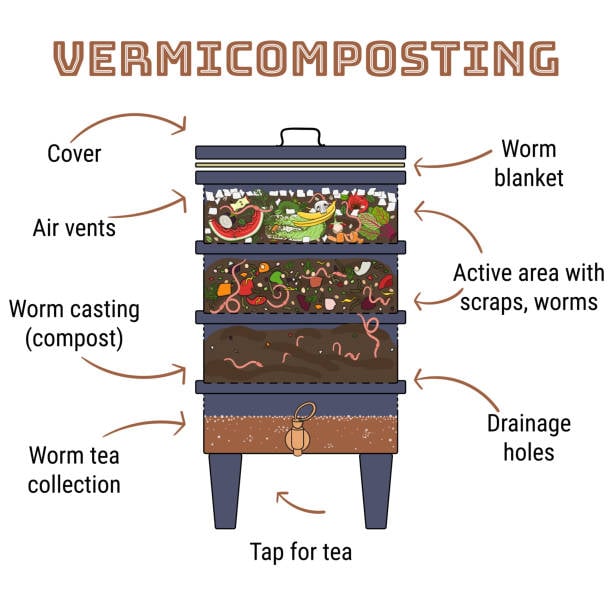
Cover Crops
- Cover crops are used as protective blankets for soil to prevent soil erosion and desertification.
- They are usually planted when the crops are not growing, aiming to protect and improve the soil.
- Some examples include mustards and radishes (which loosen tight soil and help water and air circulation), clover and peas (which fix nitrogen), etc.
- Their advantages include weed control, pest prevention, nutrient management, carbon capture and boosting biodiversity.



Regenerative Agriculture
- Regenerative agriculture focuses on restoring soil health and ecosystem functions through practices like no-till farming, cover cropping, crop rotation, rotational grazing, and composting.
- It aims to build soil organic matter, increase biodiversity, and improve water retention and carbon sequestration.
- Regenerative agriculture benefits include improved soil structure, enhanced ecosystem services, a reduced carbon footprint, and increased resilience to climate change.


Vertical Farming
- Vertical farming involves growing crops in vertically stacked layers, often in controlled indoor environments.
- This method maximizes space use, reduces the need for pesticides, and conserves water through hydroponic or aeroponic systems.
- Advantages of vertical farming include year-round production, reduced transportation costs, efficient use of space, and minimized water usage.
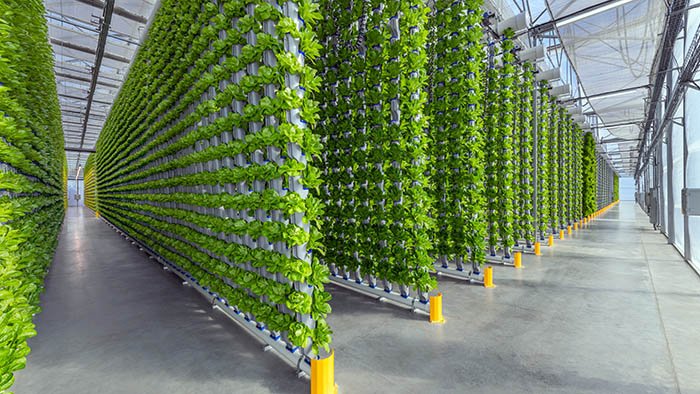

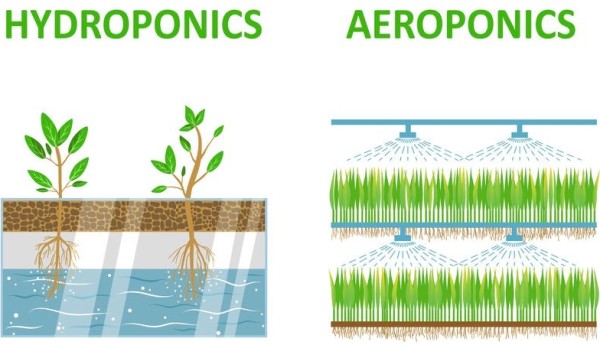
Climate-Smart Agriculture (CSA)
- Climate-smart agriculture integrates practices that enhance productivity and resilience and reduce greenhouse gas emissions.
- Techniques include drought-resistant crop varieties, efficient irrigation systems, and agroforestry.
- CSA's advantages include increased agricultural productivity, enhanced resilience to climate variability, reduced carbon emissions, and improved livelihoods for farmers.

